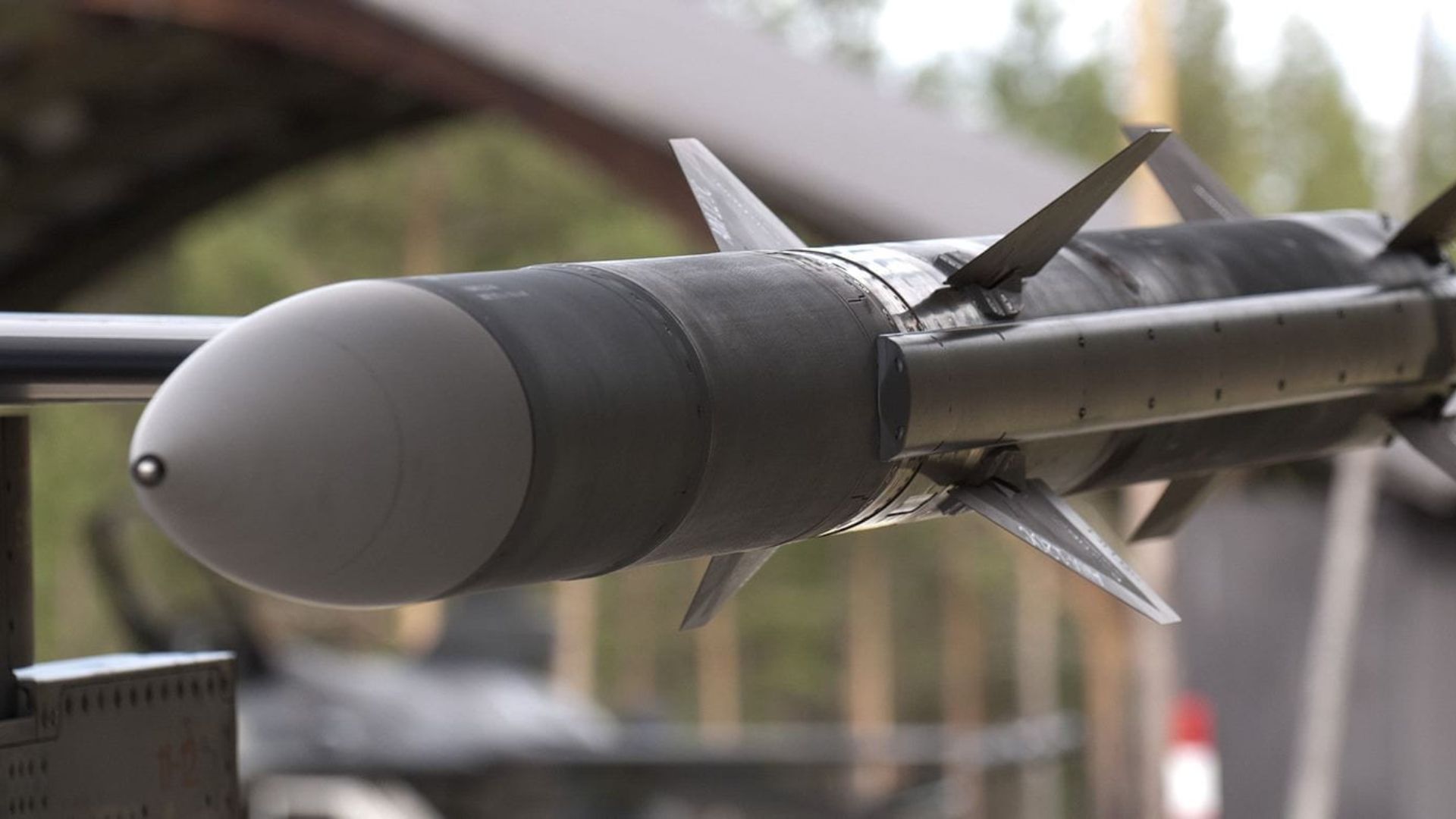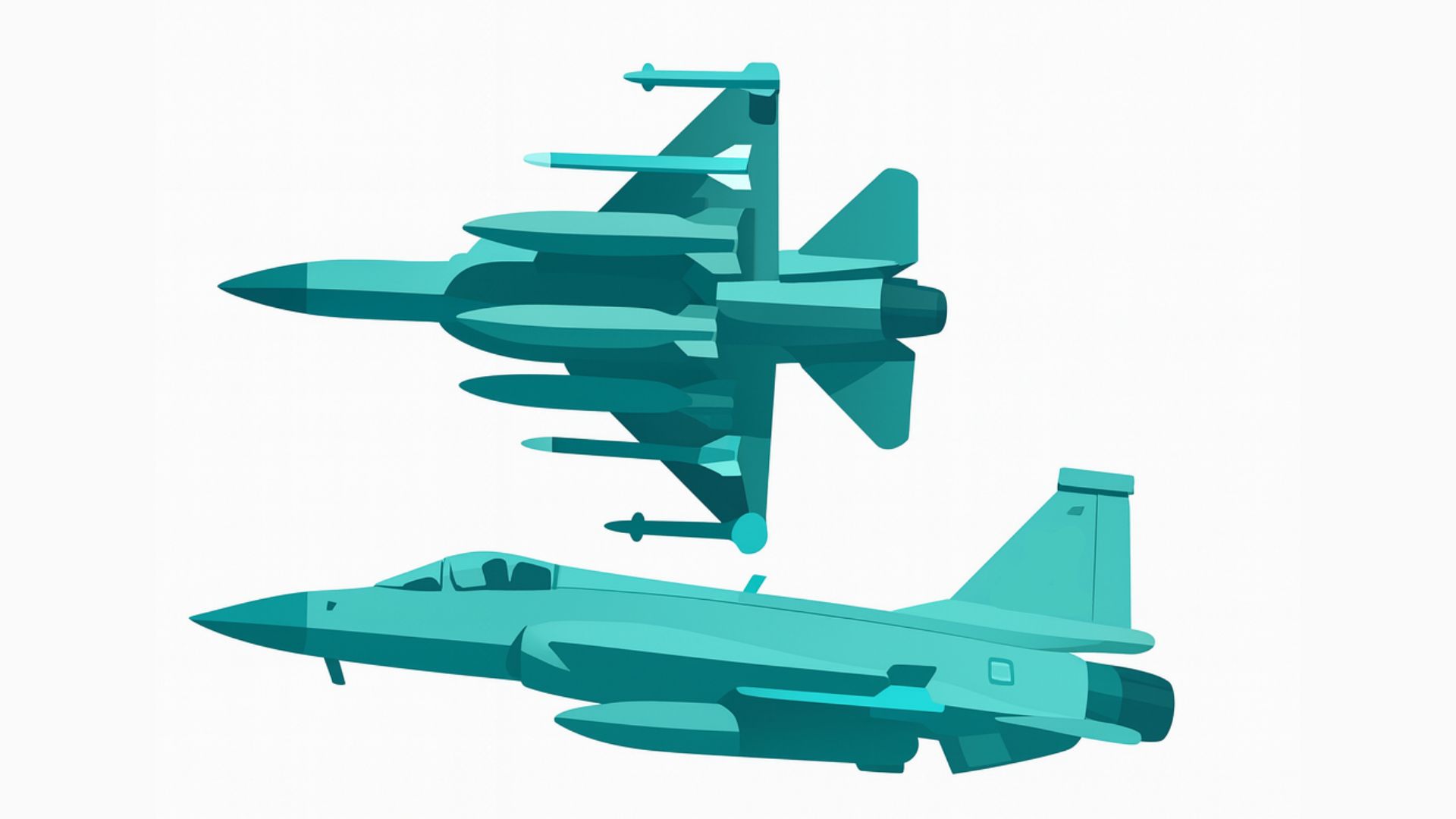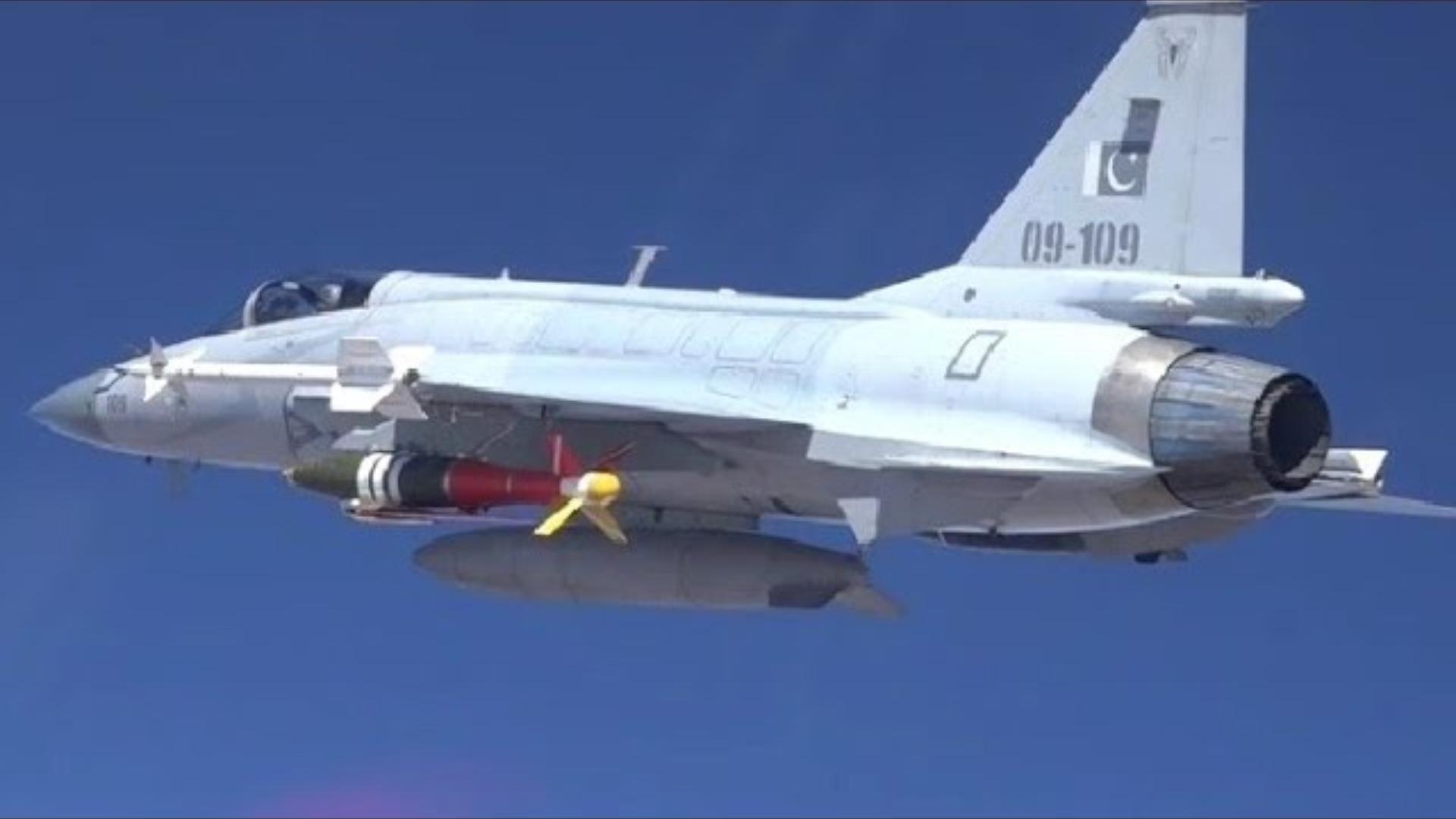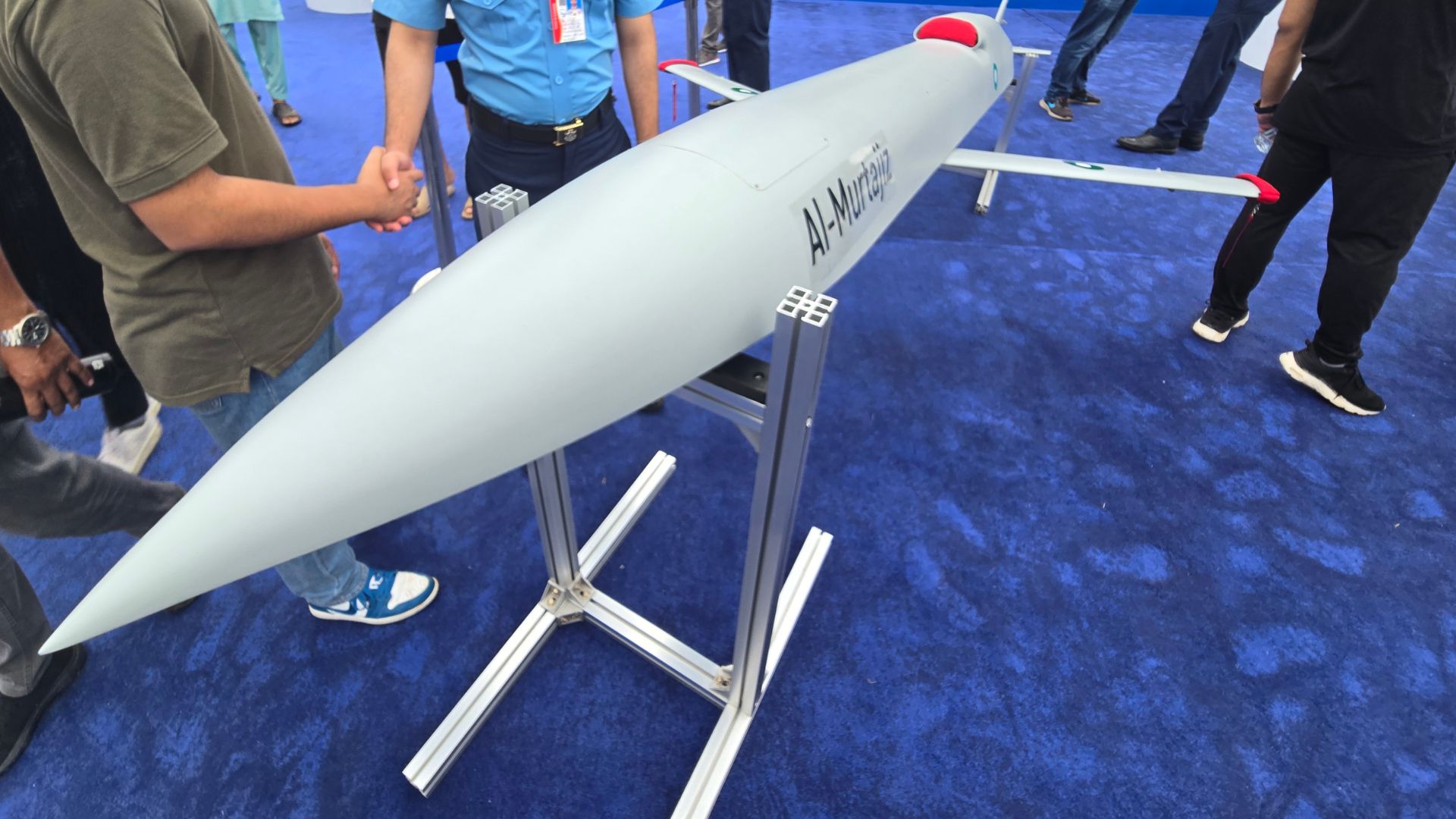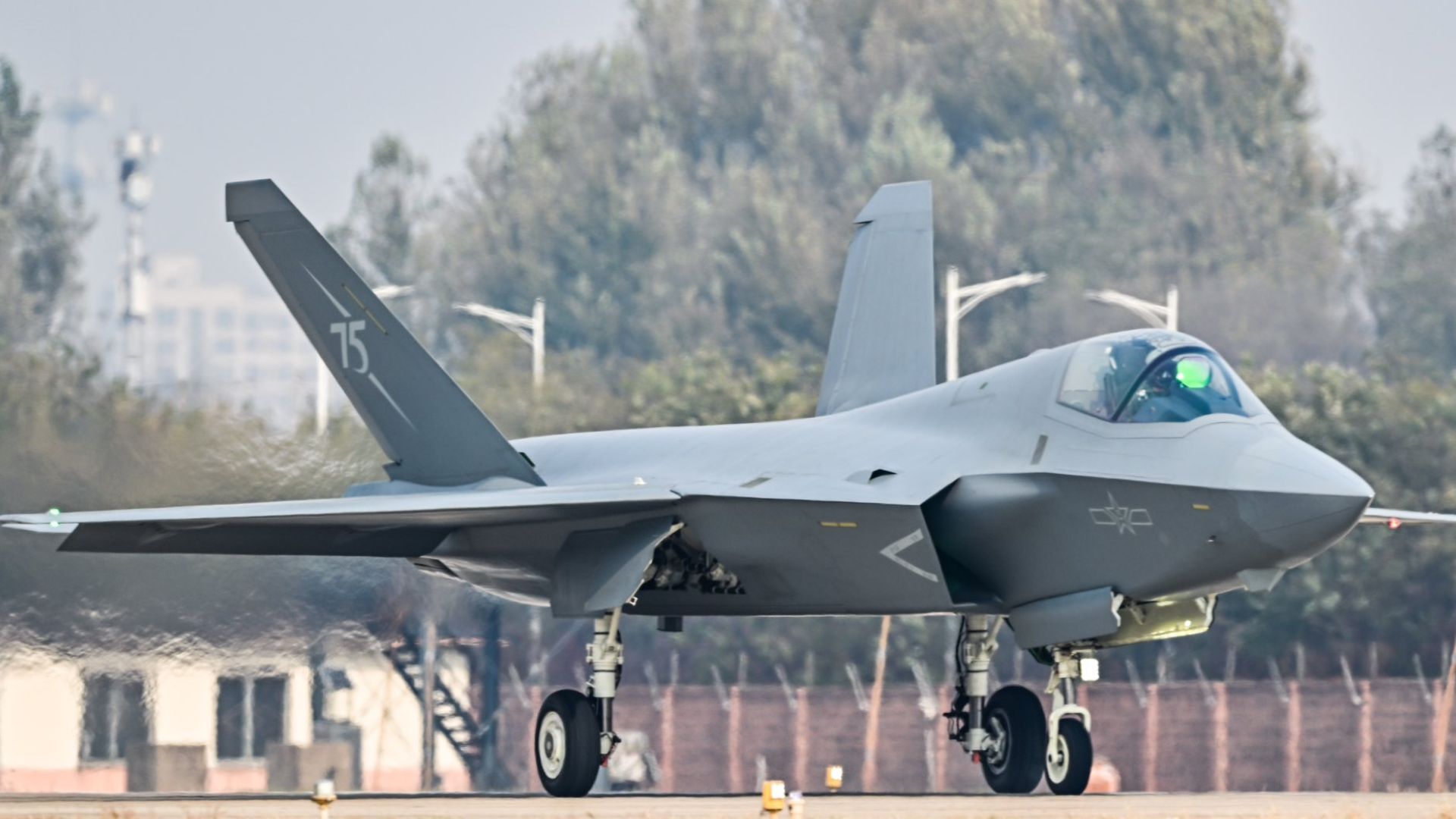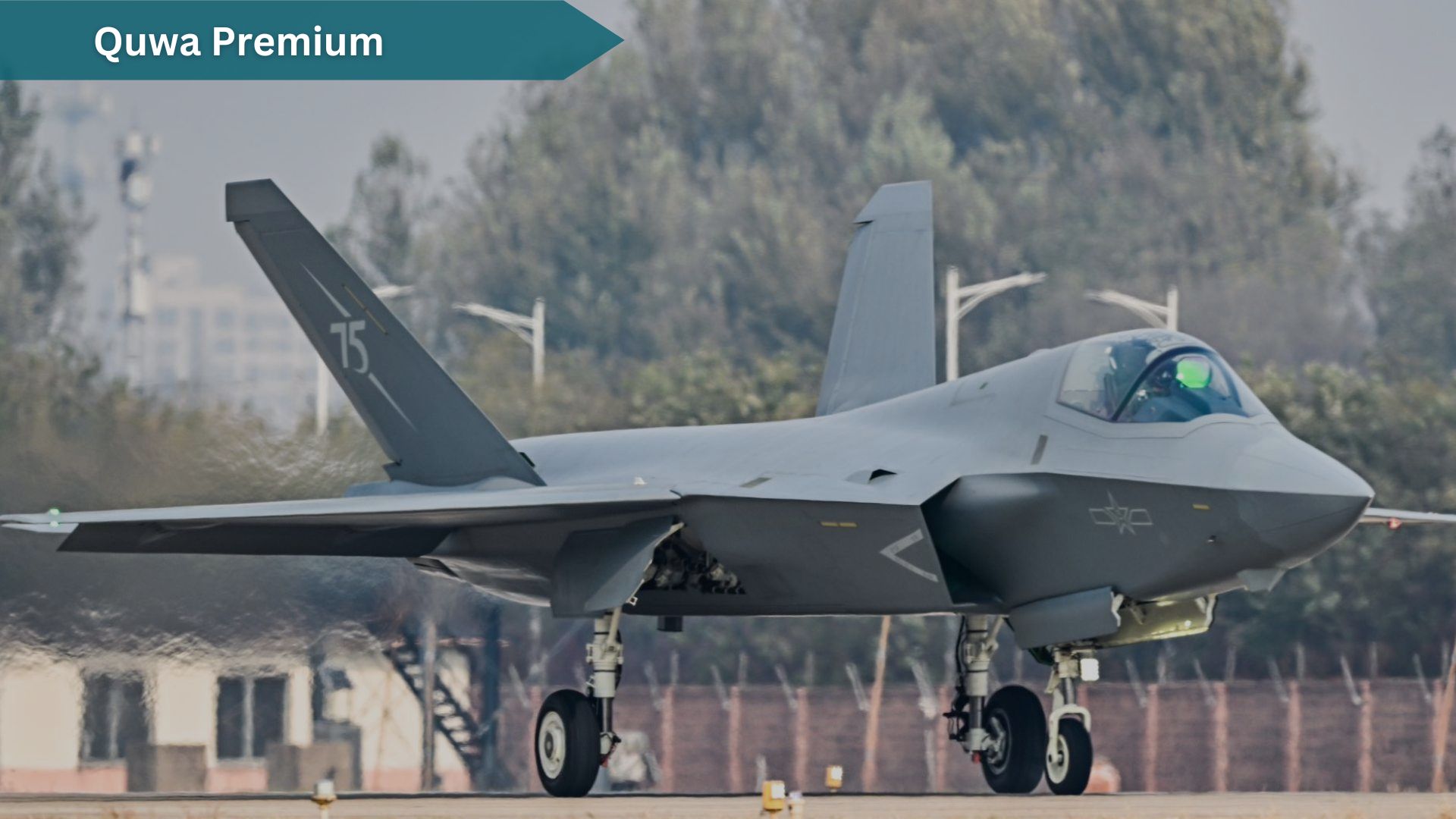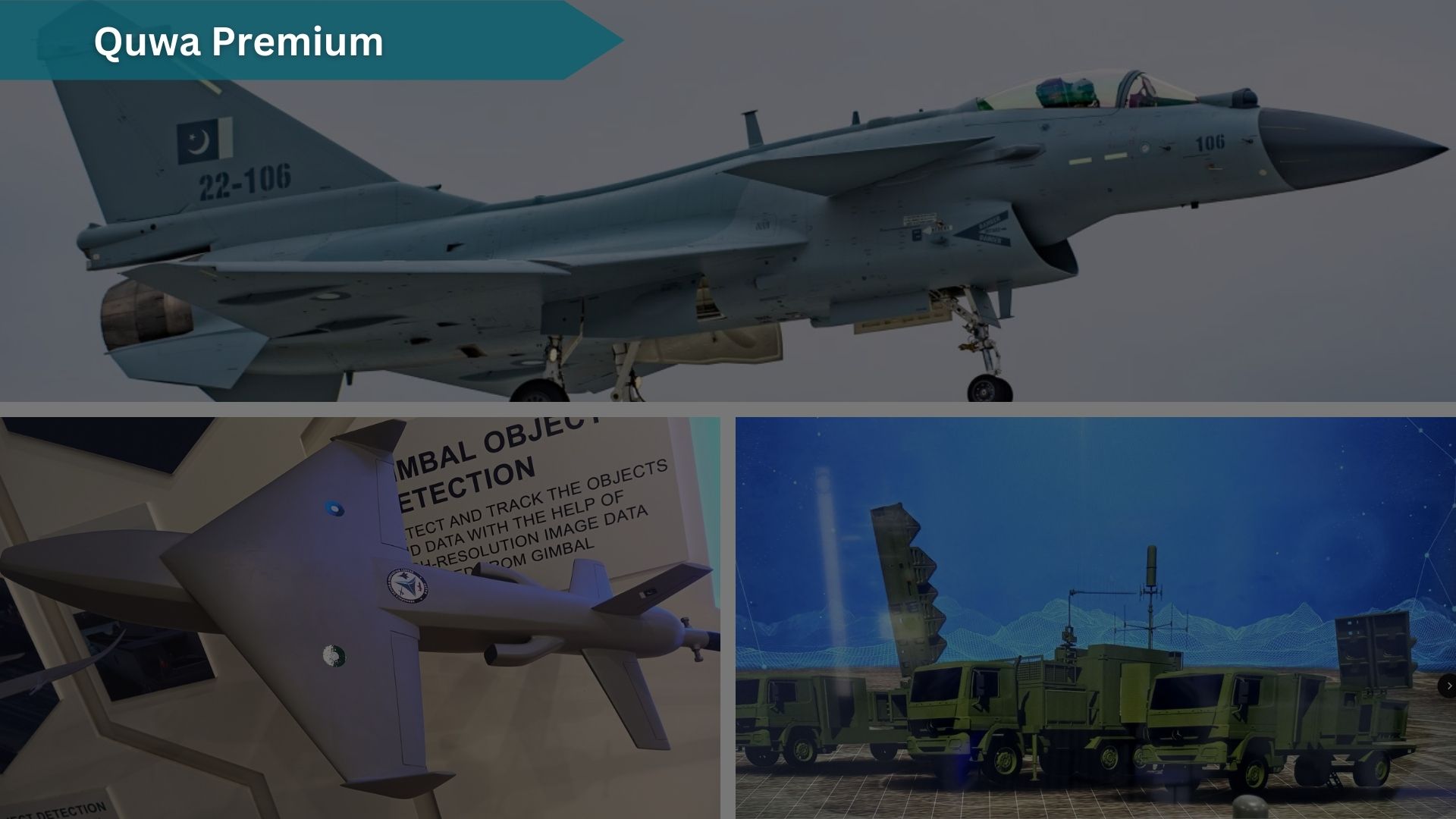The Pentagon corrected an earlier contract update to state that a $41.6M adjustment was made for the sustainment of existing AMRAAM stocks in Pakistan.
The PAF’s future strike doctrine is shifting from a platform-centric model to a munitions-first approach, prioritizing a full ecosystem to defeat advanced A2/AD.
How can Pakistan counter drone swarms designed to drain its missile stockpiles? High-powered microwave weapons may be the cost-effective answer.
Pakistan’s $406M satellite deal with China unlocks a hidden multi-billion dollar market for ground-based AI, C4ISR, and data processing infrastructure.
Pakistan is combining its JF-17 fighter with a smart, low-cost glide bomb. Discover the “Boots Theory” and why this duo is a more sustainable weapon than costly missiles.
An analysis of the ARFC’s challenges in building a credible stockpile to sustain a genuine wartime effect.
As part of its showcase for the special event commemorating the 14th of August, the Pakistan Air Force (PAF) showcased what appeared to be a drone or loitering munition called the “Al-Murtajiz.”
On 06 June, the Government of Pakistan announced (on the platform X) that China proposed an arms package consisting of 40 Shenyang J-35 next-generation fighter aircraft (NGFA), the HQ-19 theatre air defence system, and the KJ-500 airborne early warning and control system…
With it showing interest in the Chinese J-31/J-35 and Turkish KAAN, the Pakistan Air Force could be embarking on its most significant induction yet.
The brief clash underscored a need for the PAF to expand the procurement pipeline across less developed areas, like drones, SAMs, EW/ESM, and ‘smart munitions’.

